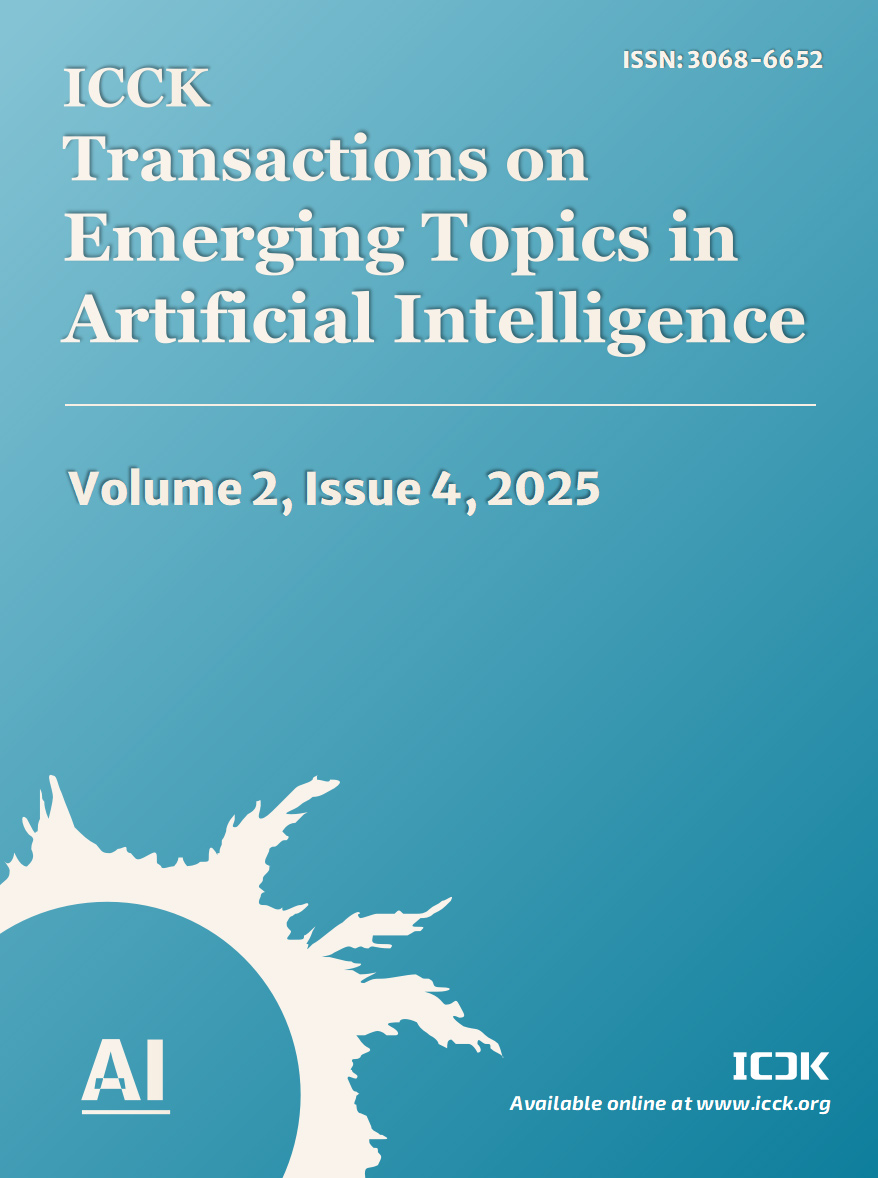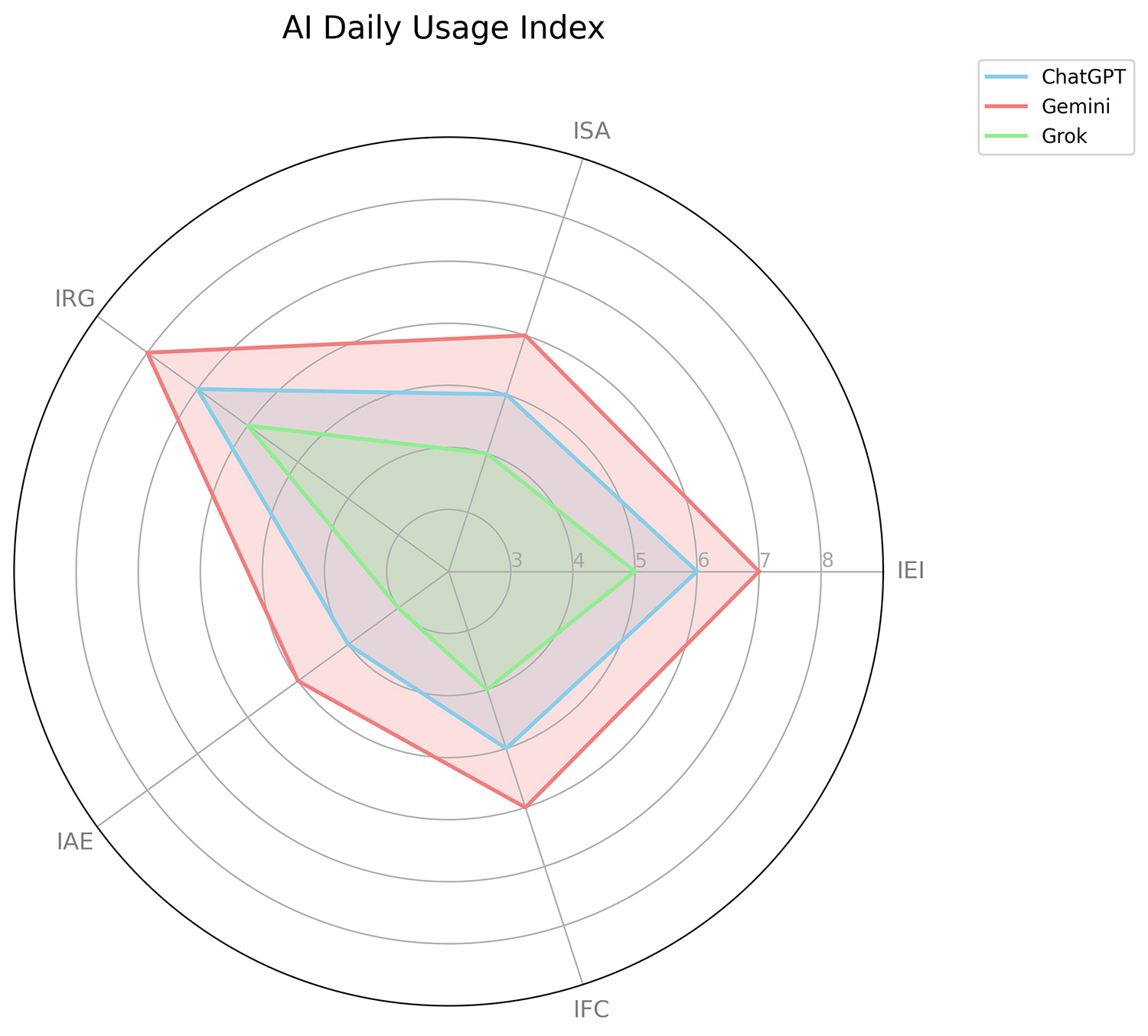Abstract
This innovative study analyzes the emotional reaction of 27 individuals from Generation X to flirtatious behaviors exhibited by conversational artificial intelligence. Using a quantitative methodology based on Sentiment Analysis, testimonies and experiences with three models—ChatGPT, Grok, and Gemini—were collected, focusing on phrases or linguistic gestures that could be considered seductive, empathetic, or emotionally warm. The results show that, although there is a clear awareness that no person is behind the AI, several responses generated feelings of companionship, affective validation, and even mild attachment, especially in moments of emotional vulnerability—very difficult to express in this generational cohort. Women reported greater discomfort with unsolicited artificial flirtation, while some men experienced it as a gentle curiosity or a complementary activity. This phenomenon raises important questions about the ethics of emotional AI design, gender biases embedded in LLM models, and how intermediate generations who did not grow up with AI, but now use it, reinterpret affection and connection. In a world increasingly mediated by algorithms, asking whether a flirtatious AI emotionally affects the user is not trivial: it is urgent and requires an accurate diagnosis.
Keywords
artificial flirtation
conversational AI
digital attachment
generation X
technological affectivity
Data Availability Statement
Data will be made available on request.
Funding
This work was supported without any funding.
Conflicts of Interest
The authors declare no conflicts of interest.
Ethical Approval and Consent to Participate
This study complied with all applicable ethical standards for minimal-risk social science research. Informed consent was obtained from all participants.
Cite This Article
APA Style
Ochoa-Zezzatti, A., Contreras-Masse, R., & Contreras-Moheno, R. (2025). Artificial Flirtation and Synthetic Affection: What Does Generation X Feel When a Conversational AI Flirts with Them?. ICCK Transactions on Emerging Topics in Artificial Intelligence, 2(4), 220–228. https://doi.org/10.62762/TETAI.2025.851867
Publisher's Note
ICCK stays neutral with regard to jurisdictional claims in published maps and institutional affiliations.
Rights and Permissions

Copyright © 2025 by the Author(s). Published by Institute of Central Computation and Knowledge. This article is an open access article distributed under the terms and conditions of the Creative Commons Attribution (CC BY) license (
https://creativecommons.org/licenses/by/4.0/), which permits use, sharing, adaptation, distribution and reproduction in any medium or format, as long as you give appropriate credit to the original author(s) and the source, provide a link to the Creative Commons licence, and indicate if changes were made.


 Submit Manuscript
Edit a Special Issue
Submit Manuscript
Edit a Special Issue

 Copyright © 2025 by the Author(s). Published by Institute of Central Computation and Knowledge. This article is an open access article distributed under the terms and conditions of the Creative Commons Attribution (CC BY) license (https://creativecommons.org/licenses/by/4.0/), which permits use, sharing, adaptation, distribution and reproduction in any medium or format, as long as you give appropriate credit to the original author(s) and the source, provide a link to the Creative Commons licence, and indicate if changes were made.
Copyright © 2025 by the Author(s). Published by Institute of Central Computation and Knowledge. This article is an open access article distributed under the terms and conditions of the Creative Commons Attribution (CC BY) license (https://creativecommons.org/licenses/by/4.0/), which permits use, sharing, adaptation, distribution and reproduction in any medium or format, as long as you give appropriate credit to the original author(s) and the source, provide a link to the Creative Commons licence, and indicate if changes were made. 